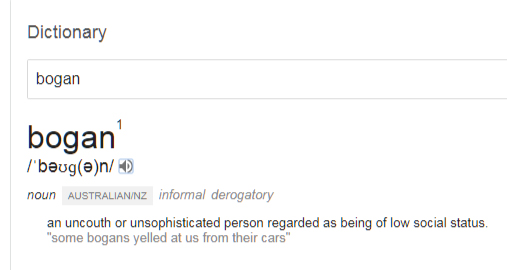Search This Blog
"Truth comes only to conquer those who have lost the art of receiving it as a friend." ~ Ravi Thakur
Featured
- Get link
- X
- Other Apps
The Rise of Deep Fakes: Navigating the Perils of AI Manipulation in an Interconnected World
The advent of deep fakes, powered by advanced algorithms and machine learning techniques, has ushered in a new frontier of digital manipulation. These sophisticated tools can seamlessly superimpose individuals' faces onto existing footage, synthesise realistic voices, and fabricate convincing audiovisual content with alarming accuracy. The implications are profound, touching every facet of society from politics and journalism to entertainment and personal security.
The origins of deep fakes can be traced back to the intersection of technological innovation and malicious intent. Initially developed as a means of enhancing digital effects in the film industry, the technology quickly found its way into the hands of individuals with less noble motives. With the proliferation of social media and online platforms, the dissemination of deep fakes has become alarmingly widespread, amplifying their potential to sow confusion, manipulate public opinion, and wreak havoc on individuals' lives.
Obama calls his wife my husband Michael?! Is this some deep fake shite?! 😳 https://t.co/qpvJjZOk8S
— VZHYN (Vision) (@VZHYNMUSIC) April 18, 2024
The consequences of deep fakes extend far beyond mere deception. They erode trust in traditional forms of media and information, fueling skepticism and paranoia in an already polarised society. As exemplified by Larry Madowo's ordeal, even public figures and respected journalists are not immune to the insidious reach of AI manipulation. In an age where authenticity is increasingly elusive, discerning truth from fiction becomes an uphill battle, with profound implications for democracy, social cohesion, and individual well-being.
The ramifications of deep fakes are particularly pronounced in the political arena, where misinformation and propaganda can sway elections, incite violence, and undermine democratic institutions. With the ability to fabricate incriminating footage or disseminate false narratives, malicious actors can manipulate public discourse and destabilise governments with unprecedented ease. Moreover, the rise of deep fakes poses a significant threat to national security, as state-sponsored adversaries exploit AI technology to wage disinformation campaigns and sow discord among rival nations.
In the realm of journalism and media, the proliferation of deep fakes challenges the very foundations of truth and integrity. As traditional gatekeepers of information struggle to keep pace with the rapid evolution of digital technology, the lines between reality and fiction blur, casting doubt on the credibility of even the most reputable news sources. In an age where anyone with a computer and an internet connection can create and disseminate convincing deep fakes, the traditional safeguards against misinformation prove woefully inadequate.
The personal ramifications of deep fakes are equally troubling, as individuals become increasingly vulnerable to exploitation and manipulation. From revenge porn and cyberbullying to identity theft and financial fraud, the potential for harm is staggering. As our digital footprints grow ever larger and more accessible, the threat of malicious actors leveraging deep fakes to undermine our privacy and security looms large.
In the face of this existential threat, combating deep fakes requires a multifaceted approach that addresses both technological and societal factors. On the technological front, researchers are developing advanced detection algorithms and forensic techniques to identify and mitigate the spread of deep fakes. Additionally, policymakers and regulators must enact robust legislation to hold perpetrators of AI manipulation accountable and safeguard individuals' rights in the digital realm.
At the societal level, fostering media literacy and critical thinking skills is paramount to inoculating the public against the insidious influence of deep fakes. By empowering individuals to discern fact from fiction and cultivate a healthy scepticism towards online content, we can mitigate the spread of misinformation and fortify our collective resilience against digital deception.
The rise of deep fakes represents a formidable challenge that demands a concerted and collaborative response from all sectors of society. As we navigate this brave new world of AI manipulation, we must remain vigilant, adaptive, and steadfast in our commitment to upholding truth, integrity, and authenticity in the digital age. Only through collective action and unwavering resolve can we safeguard our shared future from the perils of deep fakes and preserve the fundamental principles upon which our society rests.
- Get link
- X
- Other Apps
Popular Posts

The One On Why Uganda Produces Shitty Ads
- Get link
- X
- Other Apps

Of Australian Bogans Masquerading As Creatives In Nairobi Agencies
- Get link
- X
- Other Apps

Comments
Post a Comment